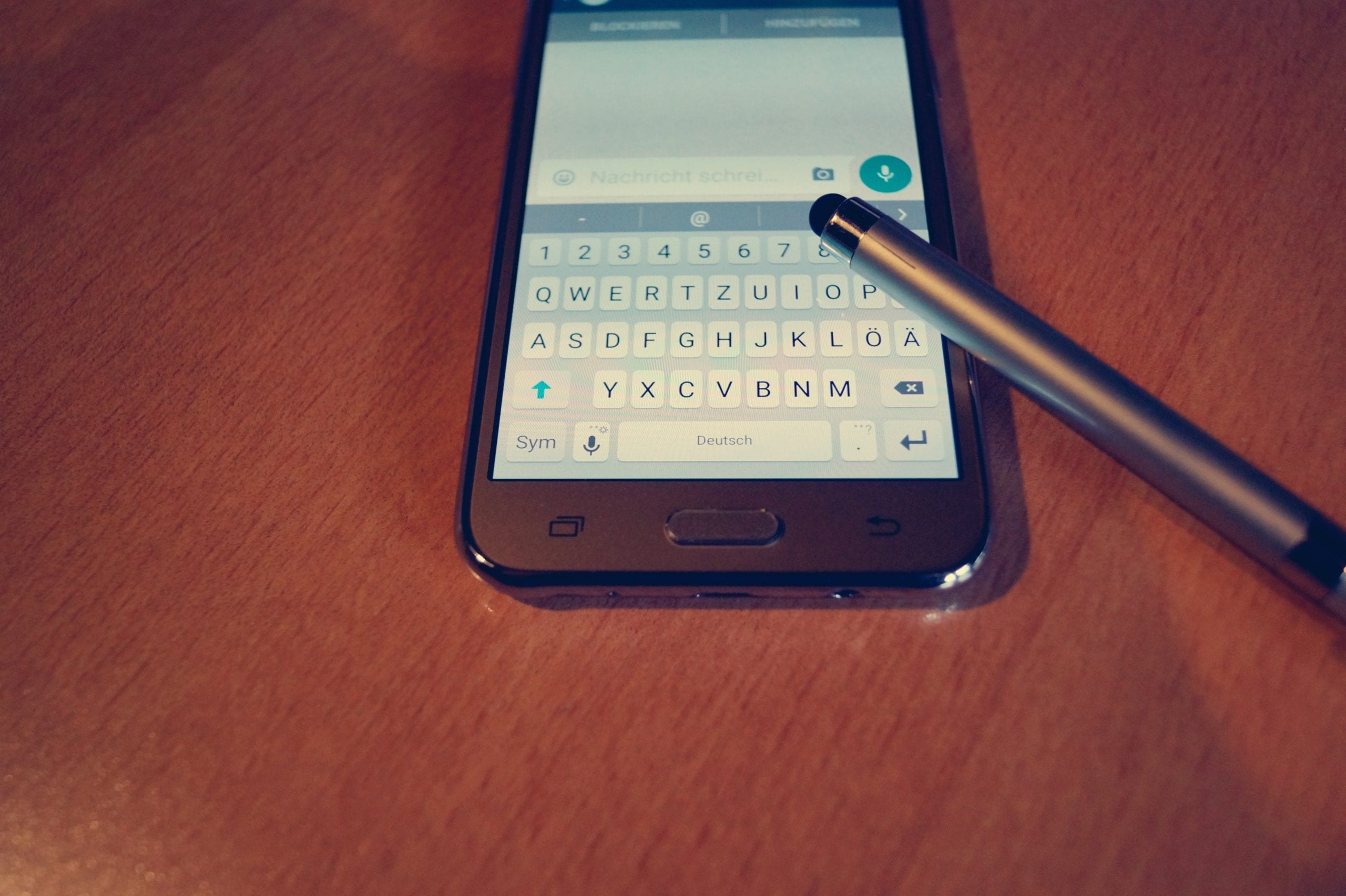Every company in this world has had their fair share of dealing with an unpleasant client vendor relationship. Similarly to your personal relationships, communication is the key to every client relationship. While communicating with your loved ones is easy and straightforward, communicating for projects requires more tact.
Whether it is an email, phone call or face-to-face meeting, there are some rules to abide to if you want to keep a strong healthy working relationship with your clients. Effective communication with clients also means fewer project revisions. Do you ever feel like tearing your hair out when your client asks for a 346th revision? We have all been there, and we never want to go to that dark, dark place again. So master the art of communication now and you will see fewer revisions, and also stronger morale from both sides. What are some communication pointers you can follow to build a better client relationship? Read on to find out more.
Set your terms and boundaries from the start
Unless you are in the creative field, you cannot even start to fathom the amount of hard work and effort that goes into a design project. By clarifying and defining the project scope, you get to avoid many unnecessary changes from the start of the project. The first step before you start any projects is to settle the timelines, payment terms and the outputs. And not to forget, setting the maximum amount of revisions.
With these boundaries set, it is easier to work together because at any point in time if one party steps out of line, the other party can politely remind them of the terms again. An easy way to discuss this is to say that you are happy to talk about the pricing and terms again.

Communicate consistently
When it comes to messaging your clients, consistency is key. The way you set your tone in the beginning is very important, because it is best that you communicate in the same manner from then on. From their first interaction with you, clients will start to have certain expectations based on how you speak. It is best to keep the same tone from the start; so if you are friendly and upbeat on the first interaction, you should maintain the same tone throughout the project.
Think about your brand image, brand values and how you want to portray yourself. Talk to your colleagues, see the way they communicate. Ensure that your team is all on the same page and that you are all presenting yourself in a similar way.

Ask, ask, ASK!
Many creative beginners are hesitant on asking too many questions for fear of appearing incompetent. However, it is through questions that you are able to have a deeper understanding on the project and you will be clearer when you start on your project. Asking questions also makes you look detail oriented and attentive. It spares you from a potentially mountain heap of work. Moreover, asking questions will definitely spare you the pain of guessing in the dark. Knowing more is always better than not knowing at all.

Use easier terms
Sometimes during projects, designers tend to forget that their clients do not speak the same design language as them. For example, technical terms such as ‘kerning’ or ‘saturation’ may not be necessarily known to every client. There may be clients who have absolutely no background in design or art, hence these terms will be very confusing to them. Try to minimise confusion by using layman terms that are easily understandable. This will vastly improve your clients’ understanding of your work, and smoothen out the communication process.
Always call if possible
Communicating through emails can be taxing to a certain extent. Miscommunications are bound to happen at some point in time, and it becomes frustrating for both clients and designers. There are certain things and situations where it is not clear enough to communicate by email. If a call is not possible at the moment, suggest to create a whatsapp group chat. Creating a clear channel for easy and instant communication helps to facilitate the process a lot smoother. When you make phone calls, it is easier to solve miscommunication issues and clarify things. For example, if you are the client, what do you do if your designer sent you a draft of the project which is vastly different from what you intent for it to look like? When there is a major or complicated change, it is always best to have a phone call to clarify or rectify things before another miscommunication happens. Communicating through emails are only efficient to a certain extent; some things are clearer when you call.
Believe in your work
Lastly, stand by your work. If you have put in all your time and effort for a creative project, make sure that you are confident in it as well. Designers who are not 100% confident of their work often make excuses for it. A good designer takes their client’s vision and use their own creative skills to morph it to something brilliant. Communicating your uncertainty will definitely weaken your relationship with the other party. It makes your client have less trust in you, because how could anyone trust someone’s work if they do not believe in it themselves? It also creates doubt about your designing skills in the clients’ minds.
For that reason, designers should stand by their work no matter what. Being confident in your work will have an impact on your client as well, so be proud of your work and let your skills shine!



